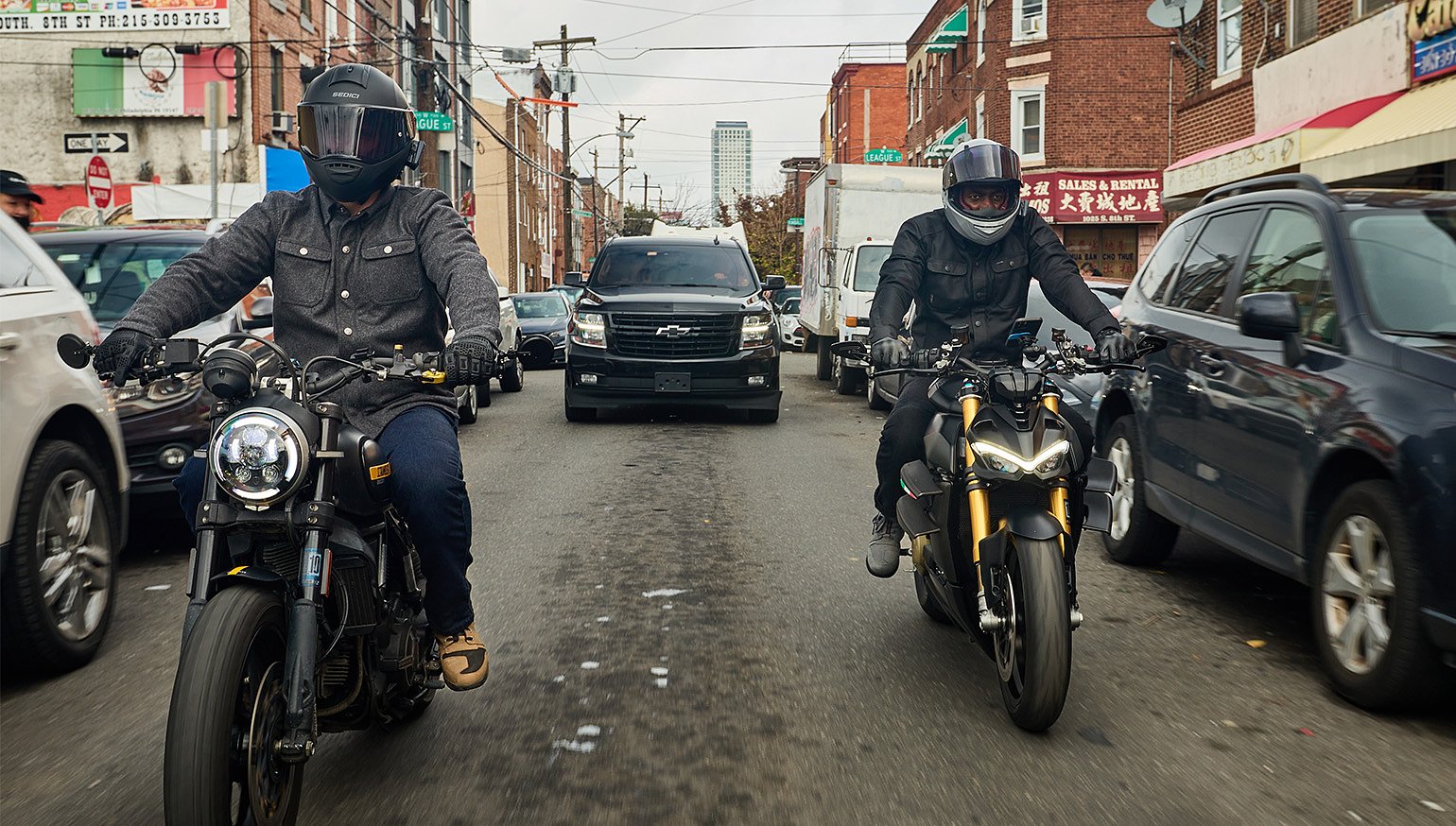At times, the relationship between motorists and motorcyclists can border on adversarial. Whether it’s riders decrying distracted “cagers” or drivers casting bikers as “outlaws,” one thing is true: The road is a better place when both operate their vehicles safely and considerately.
As motorcyclists, we’re used to friends and family calling attention to the risks of riding. Only a handful ask how they — as drivers — can help limit those risks, however. To guide the moto-advocate in your life down the right path, we posed that question to the Common Tread crew. Here’s what they had to say.
Jen Dunstan: Distracted driving is dangerous driving
The most important thing drivers can do to save motorcyclists' lives (and a lot of drivers' lives too) is to put the cell phone down. Thousands of people die in the United States each year in traffic accidents that involve distracted driving and studies have shown that distracted driving is about as dangerous as drunk driving.

This is a big issue that, honestly, way too many drivers are dismissive about. Please, set up your navigation and favorite podcast in the parking lot, and then drive with the cell phone out of reach. You do not need to be "doom scrolling" while driving, or else it will eventually lead to someone's doom (possibly your own).
Zack Courts: (Don’t) kill us with kindness
Maybe it'll be controversial, but my advice to drivers is don't be too polite. Occasionally I find myself frustrated with people trying to be too accommodating to my two-wheeled vehicle.
A common and dangerous example goes something like this: I'm turning left across one or two lanes of traffic and the second- or third-to-last car in the line of vehicles goes out of their way to yield so that I can turn. What seems like a nice gesture can lead to a bit of pressure on me to make the turn, only to have the car(s) behind the good Samaritan shoot past on their right, blind to the fact that there's a motorcyclist maneuvering through the intersection. Check your mirror, and if you're last or nearly last in line, just keep moving. I am always grateful to see that someone cares, but being nice can be worse than giving us a clear line of sight.
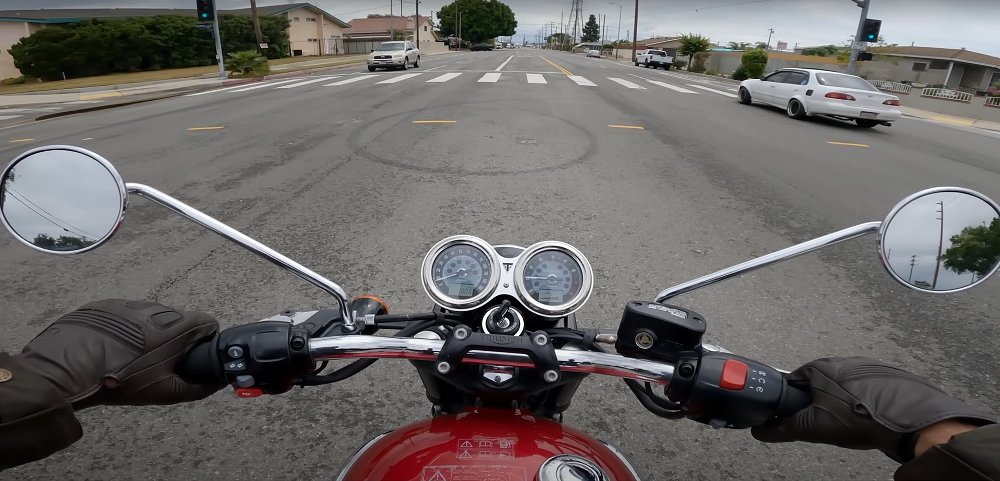
Yielding at a four-way stop is another classic, when I clearly arrive after the intersecting driver and yet they refuse to go first. Unless there's a clear wave or signal, I end up feeling frozen, not wanting to take advantage of the courtesy for fear of misreading the situation and jumping out in front of the car. Please, just go if it's your turn. It'll be less distracting for the rider, and because of that, the traffic machine will run smoother. Basically, we riders often simply want to be treated like most other vehicles, so that we feel like we're part of the system and not some frail or awkward nuisance that people have to tolerate. There will always be bad seeds, but most of us just want to blend in and get where we're going.
Ari Henning: Just a friendly reminder
The “Look Twice, Save a Life” bumper sticker’s message is a sound concept, but we can’t actually expect everyone to be doing double takes all the time. A more practical strategy — and the idea that underpins the sticker’s slogan — is to be intentional about looking for motorcycles.
That’s easy for us as riders since our interest in all things two-wheeled attract our attention to the sound and shape of motorcycles (I always look up when I hear a bike, don’t you?), but lay folk will need to put a little effort into it. Perhaps a post-it note on the dash of the car or maybe a motorcycle-shaped keychain can serve as a reminder to turn on awareness for two-wheeled vehicles.
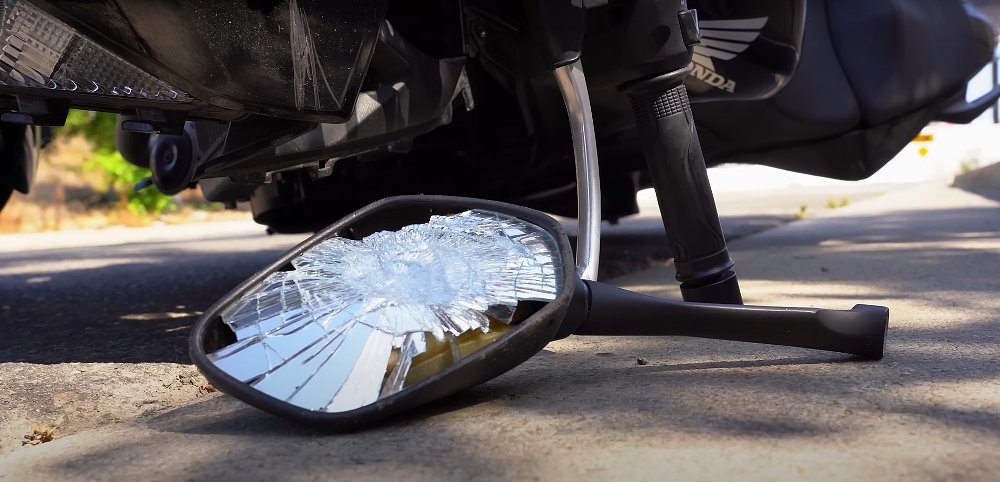
Another thing drivers can do to help motorcyclists is to simply recognize that riders are vulnerable and act accordingly. Give motorcyclists a little more space and time out of respect for the fact that if anything goes wrong, they’re in a much riskier position than you are.
Lance Oliver: A game called (iron) horse
It's easy to complain about non-motorcyclist car drivers, but what can we, as motorcyclists, do to improve the situation when we're driving a car? This idea may sound a little odd in the 21st century, but hear me out.
When I was a little kid, in-car entertainment was sometimes as minimal as an AM radio, and on our regular trips through rural West Virginia to grandma's house, even that didn't provide many attractive options. To pass the time, we'd play a game called "horse," which was as simple as shouting "horse!" whenever you spotted one. (We could also play "dog," but for some inexplicable reason the rules were a little different.) First one to a certain number won.
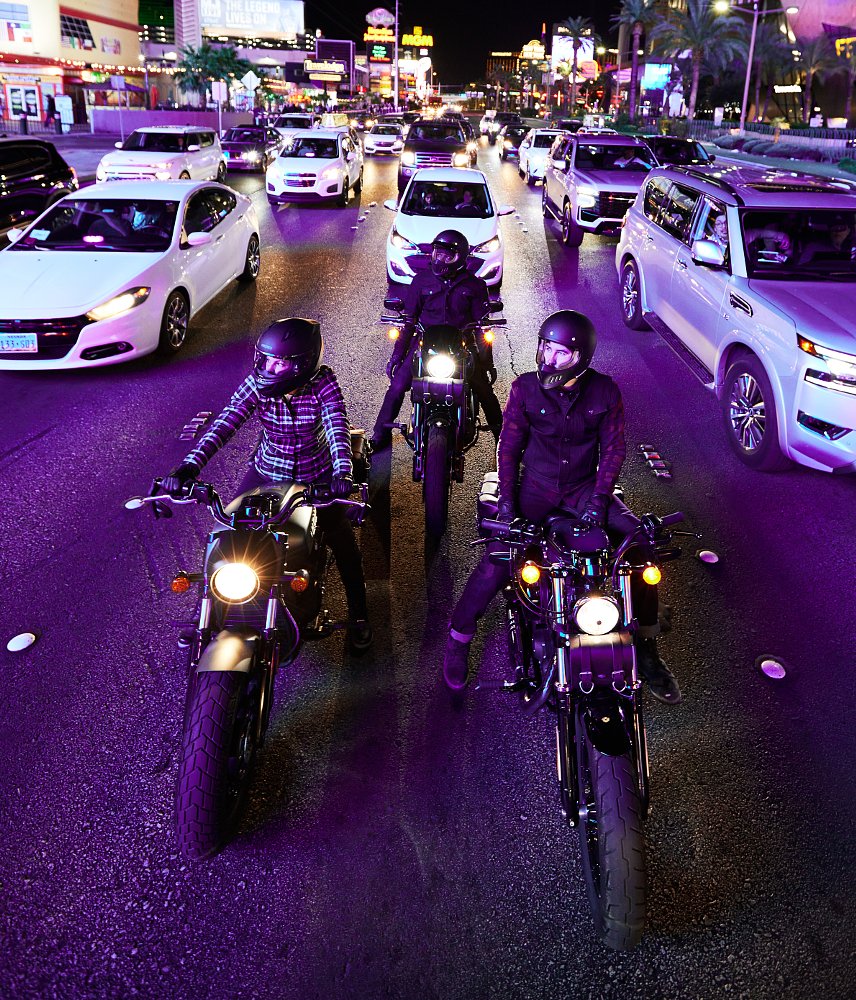
I have written many times before about the phenomenon psychologists call "inattentional blindness," which is when the brain literally does not process inputs that it's not expecting. Driving a car, we may pass hundreds of cars and trucks on the highway per each motorcycle we pass and our brains are gradually trained to ignore the motorcycles. Drivers are literally telling the truth, after the crash, when they say, "I never saw the motorcycle." It's a proven scientific phenomenon.
What if we contributed to the safety of future riders by playing "motorcycle" with our kids when we're in the car today? I don't underestimate the difficulty of getting today's kids to look away from their screens, but maybe if there's a prize involved (Spurgeon recommends ice cream), you might entice them into a contest of being the first to spot motorcycles. We'd be countering the effects of inattentional blindness by training young minds to see motorcycles, something they'd carry over when they begin driving themselves. It may not help us today, but a future life saved is just as valuable.
Dustin Wheelen: By the book
By now, my esteemed colleagues have covered practically every base. So, the only advice I can impart is to get back to basics. Remember the DMV Driver’s Handbook everyone painstakingly studied (right?) in order to earn a driver’s license? I recently brushed up on it myself. Among other things, the section on changing lanes caught my eye.
The lane-changing procedure directs drivers to (1) signal, (2) check mirrors, (3) observe trailing and adjacent traffic, and (4) look over their shoulder (at the lane in which they plan to merge). Here’s the kicker, the Handbook explicitly instructs drivers to check “blind spots for other vehicles, motorcyclists, and bicyclists.”
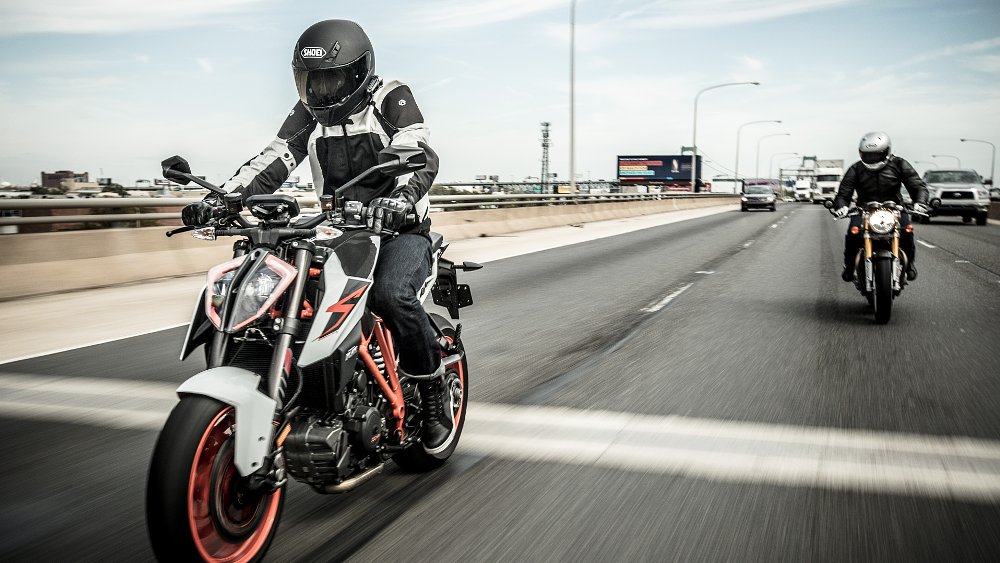
Unfortunately, some motorists only complete one — or none — of these steps before barreling into a lane. In all relationships, communication is key. The same applies to the relationship between drivers and riders. Turn signals are critical to maintaining those lines of communication. Of course, I’d prefer all drivers to look over their shoulder before merging, but at the very least, a blinker relays intent and allows riders to initiate evasive maneuvers.
I agree with Lance. Most drivers suffer from “inattentional blindness.” Not seeing a motorcyclist isn’t a conscious decisions, but deciding not to use your turn signals, check your mirrors, or look over your shoulder is. You may not notice motorcycles in all situation, but driving by the book will enable you to detect them when it matters most.
Hopefully, these answers help you steer the drivers in your life in the right direction. And, if the team missed anything, let them know in the comments.




